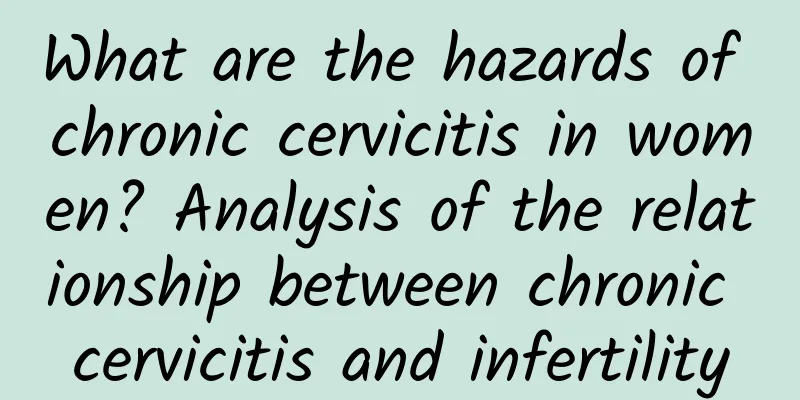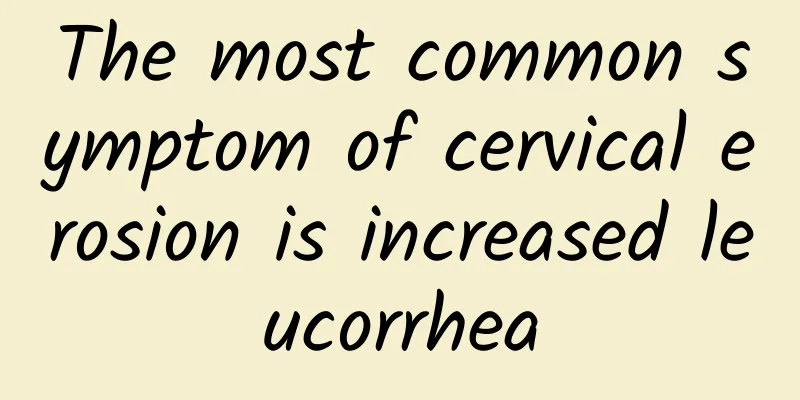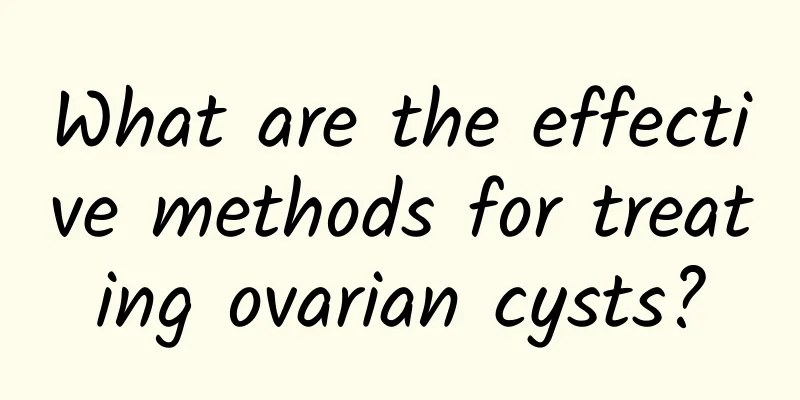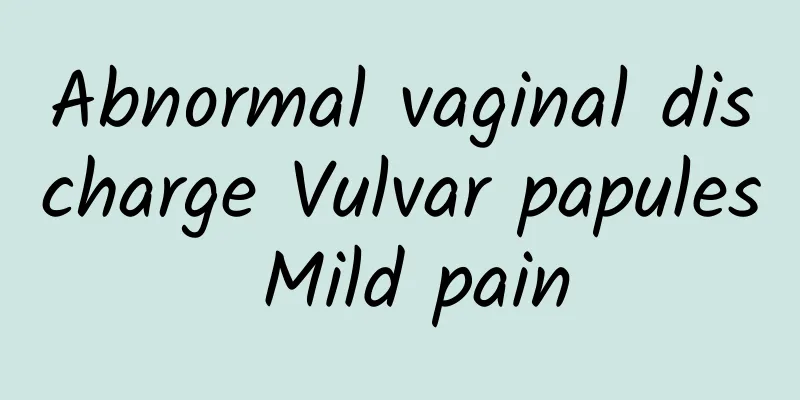What are the causes of ovarian cysts?

|
What are the causes of ovarian cysts? There are three theories about how ovarian cysts are formed: 1. Endometrial implantation theory: It was first proposed that endometrial fragments shed during menstruation enter the abdominal cavity through the fallopian tubes with retrograde menstrual blood, implant in the ovaries and adjacent pelvic peritoneum, and then grow and spread, developing into endometriosis. Women with reproductive tract malformations or obstructions often have complications of endometriosis, indicating that retrograde menstrual blood can cause endometrial implantation. Repeated or overly rough gynecological bimanual examinations squeeze the endometrium into the fallopian tubes, causing abdominal implants. Improper operating procedures for ventilation, fluid perfusion, and imaging of fallopian tube patency tests can press endometrial fragments into the abdominal cavity through the fallopian tubes, causing abdominal implants. Endometriosis in abdominal wall incisions or perineal wounds after childbirth is caused by the surgeon bringing the endometrium to the incision, resulting in iatrogenic implants. Endometrial implants are caused by the contents of the uterine cavity overflowing into the abdominal cavity during cesarean sections and cesarean sections, and when suturing the uterine incision, the sutures pass through the endometrial layer, etc. 2. Lymphatic and venous spread theory: The presence of endometrial tissue in the pelvic veins or lymph nodes supports this theory. It is also believed that endometriosis occurring in organs far away from the pelvic cavity, such as the lungs, hands, skin and muscles of the thighs, may be the result of lymphatic or venous spread. 3. Coelomic metaplasia theory: The female reproductive system epithelium, ovarian reproductive epithelium and pelvic peritoneal pleura all originate from the coelomic epithelium. When affected by factors such as inflammation, trauma, and excessive estrogen, or when the coelomic epithelium is repeatedly stimulated by menstrual blood, hormones, or chronic inflammation, it can metaplasia into endometrial-like tissue and form endometriosis. 80% of endometriosis occurs in the ovaries, which is related to the metaplastic potential of the ovarian germinal epithelium. However, many scholars currently believe that peritoneal irritation combined with endometriosis is the result rather than the cause, and peritoneal irritation occurs in areas other than ectopic foci. |
<<: What is the cause of facial edema before menstruation?
>>: What is the cause of left ovarian cyst and what medicine is effective
Recommend
What is the best surgery for uterine fibroids? The whole process of hysteroscopic surgery for uterine fibroids
What surgery is best for uterine fibroids? Uterin...
What foods are good for uterine fibroids in a week? How big will uterine fibroids grow in a week?
Uterine fibroids are benign tumors that often occ...
How to take care of your body after multiple abortions
Repeated abortions can cause great harm to the pa...
What are the precautions for patients with vulvar leukoplakia?
It is very necessary for every patient to know th...
Can I eat hot pot after abortion?
You can eat hot pot after abortion, but it is rec...
Experts explain important treatment considerations for chronic adnexitis
Chronic adnexitis is a gynecological disease that...
What are the characteristics of menopause?
Many women will have great changes in temper duri...
What can I eat to replenish blood for adenomyosis?
Generally speaking, patients with adenomyosis are...
What are the dietary precautions after miscarriage? Here are 6 points
Within half a month after abortion, you can eat c...
Is dysmenorrhea a disease? Is it harmful to women?
I believe that most female friends only regard dy...
Which hospital in Shenzhen is better for gynecology?
According to the latest medical report, 80% of ma...
What are the key points to pay attention to in the care of cervical erosion in life
Cervical erosion has a great impact on the lives ...
3 delicious and satisfying soups for quick weight loss
During the weight loss process, many people over-...
Why does endometriosis cause infertility?
Endometriosis is a disease that many women are cu...
Women should be alert to these five abnormal leucorrhea signals
Yellow watery vaginal discharge is yellow or yell...









